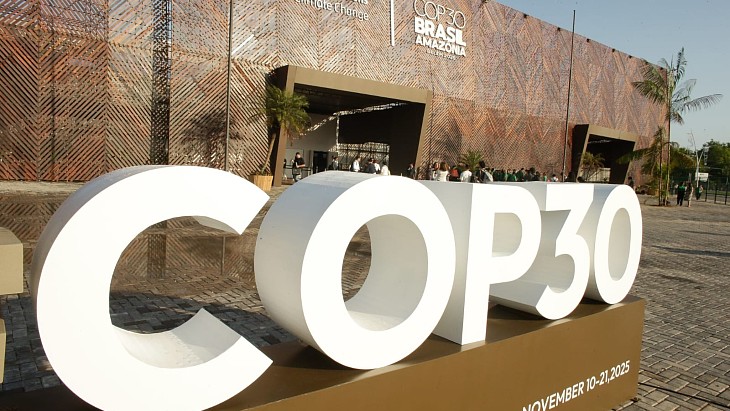Decision soon on Grand Canyon mining ban
The US Interior Department's Bureau of Land Management (BLM) has released the final Environmental Impact Statement (EIS) on its proposed withdrawal of 1 million acres (404,600 hectares) of federal lands near the Grand Canyon National Park from hard rock mining claims for 20-years. The BLM said that a withdrawal would prevent individuals and companies from staking new mining claims; however, currently approved operations could continue and new operations could be approved on valid existing mining claims. Up to 11 uranium mines could be operational over the next 20 years under the proposal, including the four mines currently approved. BLM director Bob Abbey said, "Uranium remains an important part of our nation's comprehensive energy resources, but it is appropriate to pause, identify what the predicted level of mining and its impacts on the Grand Canyon would be." He added that the proposed land withdrawal would "allow for cautious, continued development with strong oversight that could help us fill critical gaps in our knowledge about water quality and environmental impacts of uranium mining in the area." A final decision will be issued by Interior Secretary Ken Salazar after 30 days. On 12 October, twelve lawmakers including Republican Senators John McCain of Arizona, and Orrin Hatch and Mike Lee of Utah, introduced a bill to prevent the Interior Department from imposing the ban. McCain claimed, "The Department's proposed mining withdrawal would kill hundreds of potential jobs to 'save' the Grand Canyon from the same form of uranium mining that conservation groups once supported."
The US Interior Department's Bureau of Land Management (BLM) has released the final Environmental Impact Statement (EIS) on its proposed withdrawal of 1 million acres (404,600 hectares) of federal lands near the Grand Canyon National Park from hard rock mining claims for 20-years. The BLM said that a withdrawal would prevent individuals and companies from staking new mining claims; however, currently approved operations could continue and new operations could be approved on valid existing mining claims. Up to 11 uranium mines could be operational over the next 20 years under the proposal, including the four mines currently approved. BLM director Bob Abbey said, "Uranium remains an important part of our nation's comprehensive energy resources, but it is appropriate to pause, identify what the predicted level of mining and its impacts on the Grand Canyon would be." He added that the proposed land withdrawal would "allow for cautious, continued development with strong oversight that could help us fill critical gaps in our knowledge about water quality and environmental impacts of uranium mining in the area." A final decision will be issued by Interior Secretary Ken Salazar after 30 days. On 12 October, twelve lawmakers including Republican Senators John McCain of Arizona, and Orrin Hatch and Mike Lee of Utah, introduced a bill to prevent the Interior Department from imposing the ban. McCain claimed, "The Department's proposed mining withdrawal would kill hundreds of potential jobs to 'save' the Grand Canyon from the same form of uranium mining that conservation groups once supported."




_18938.jpg)
_33584.jpg)
_82983.jpg)
_49382.jpg)





